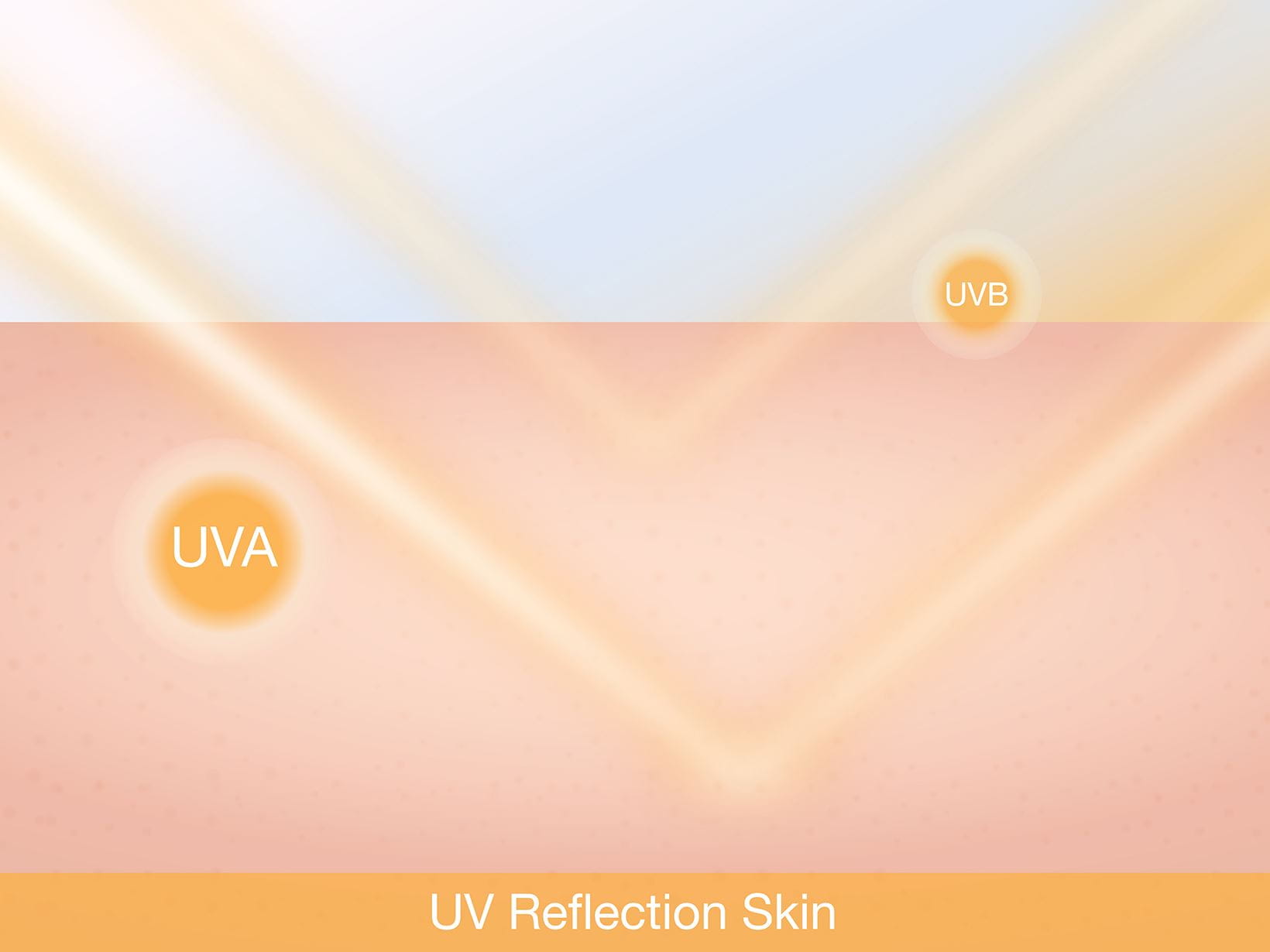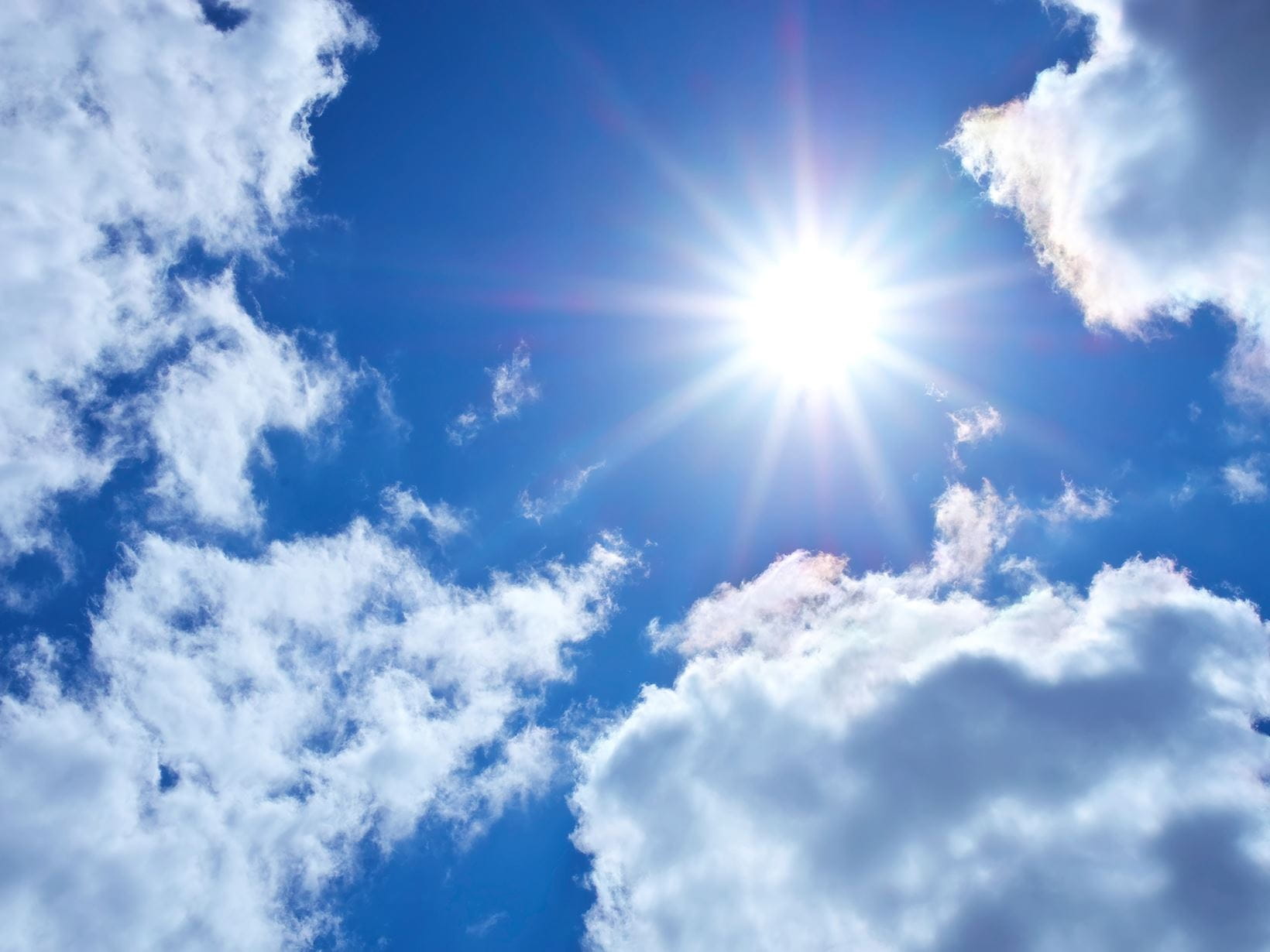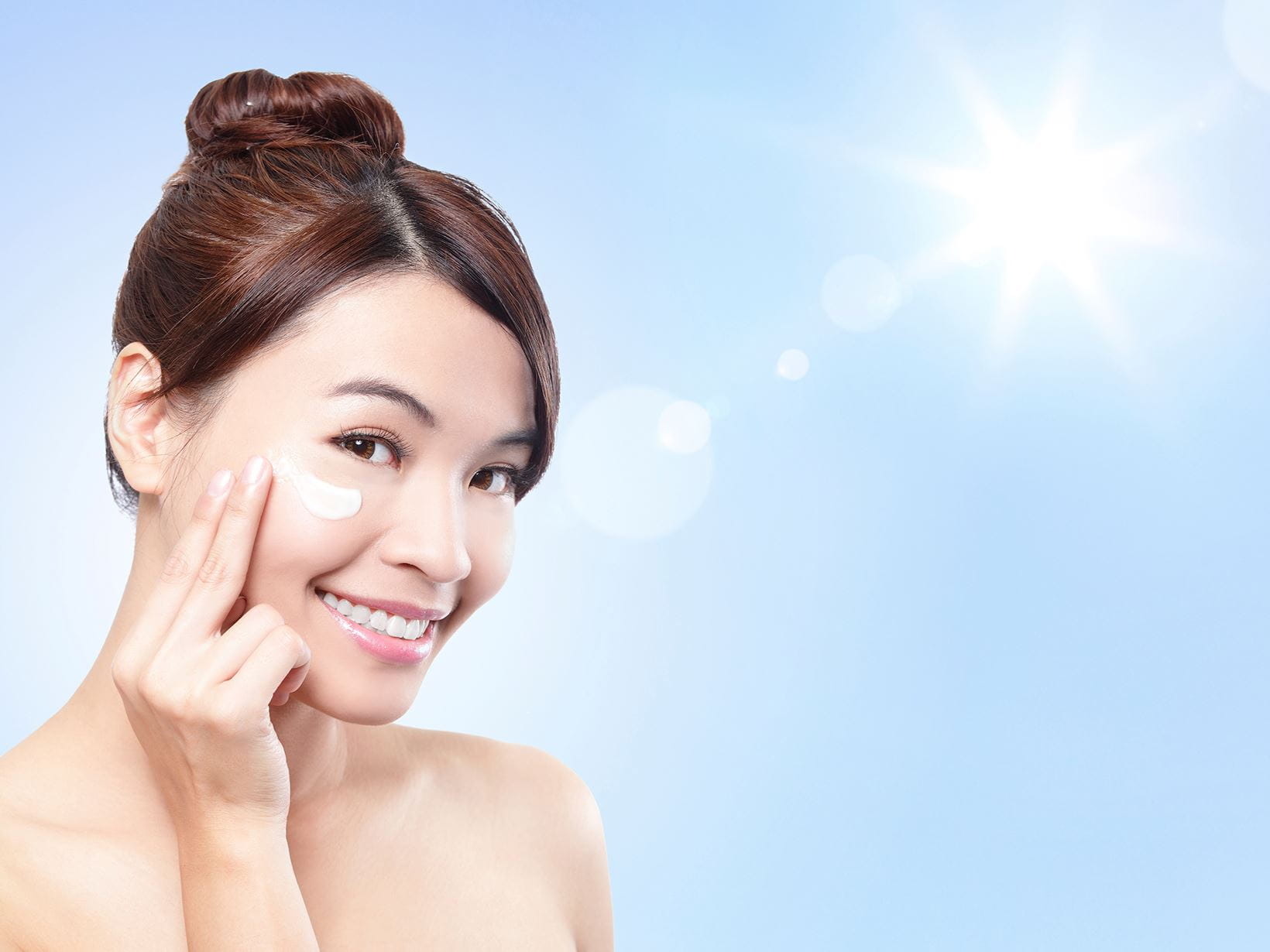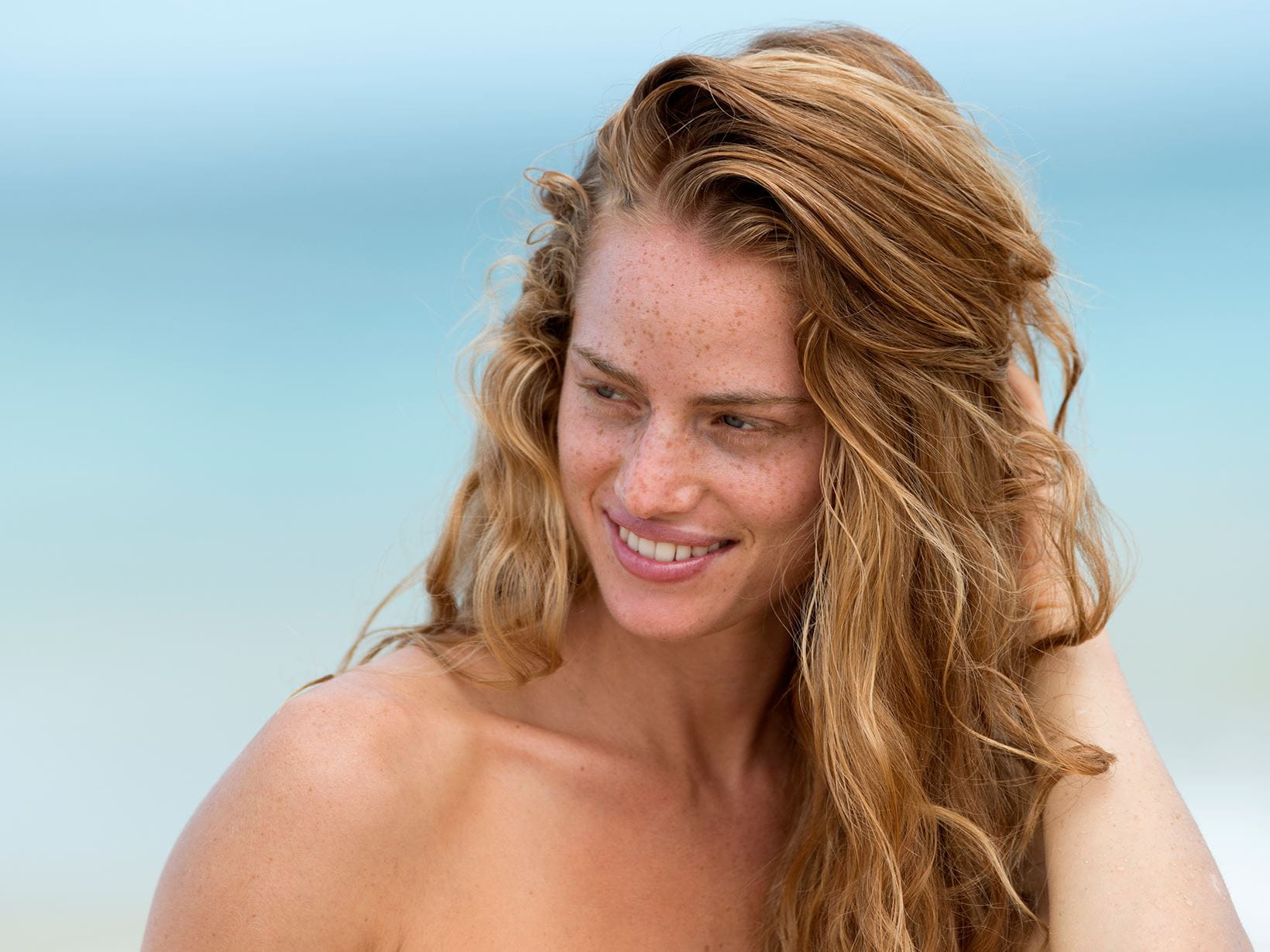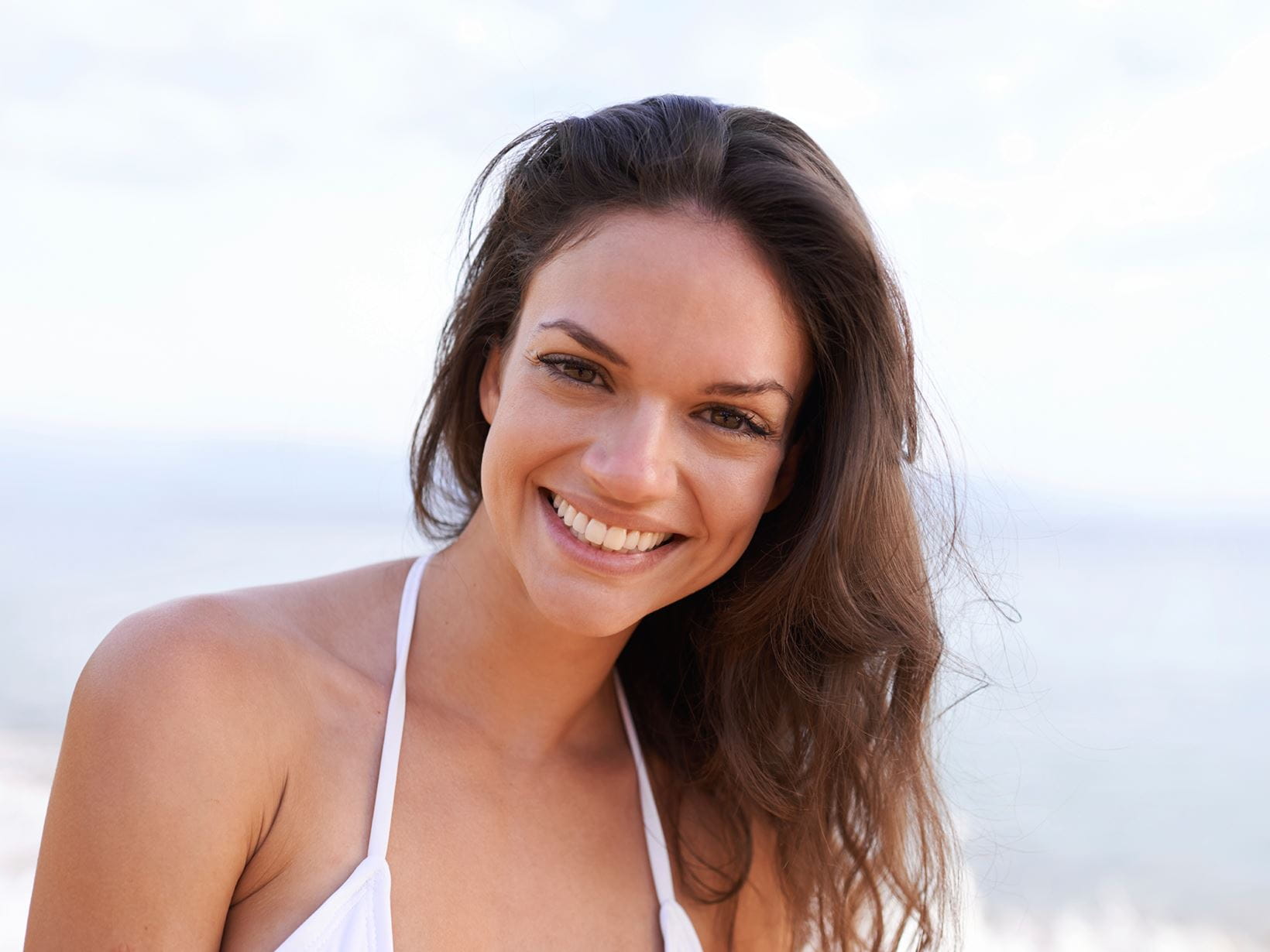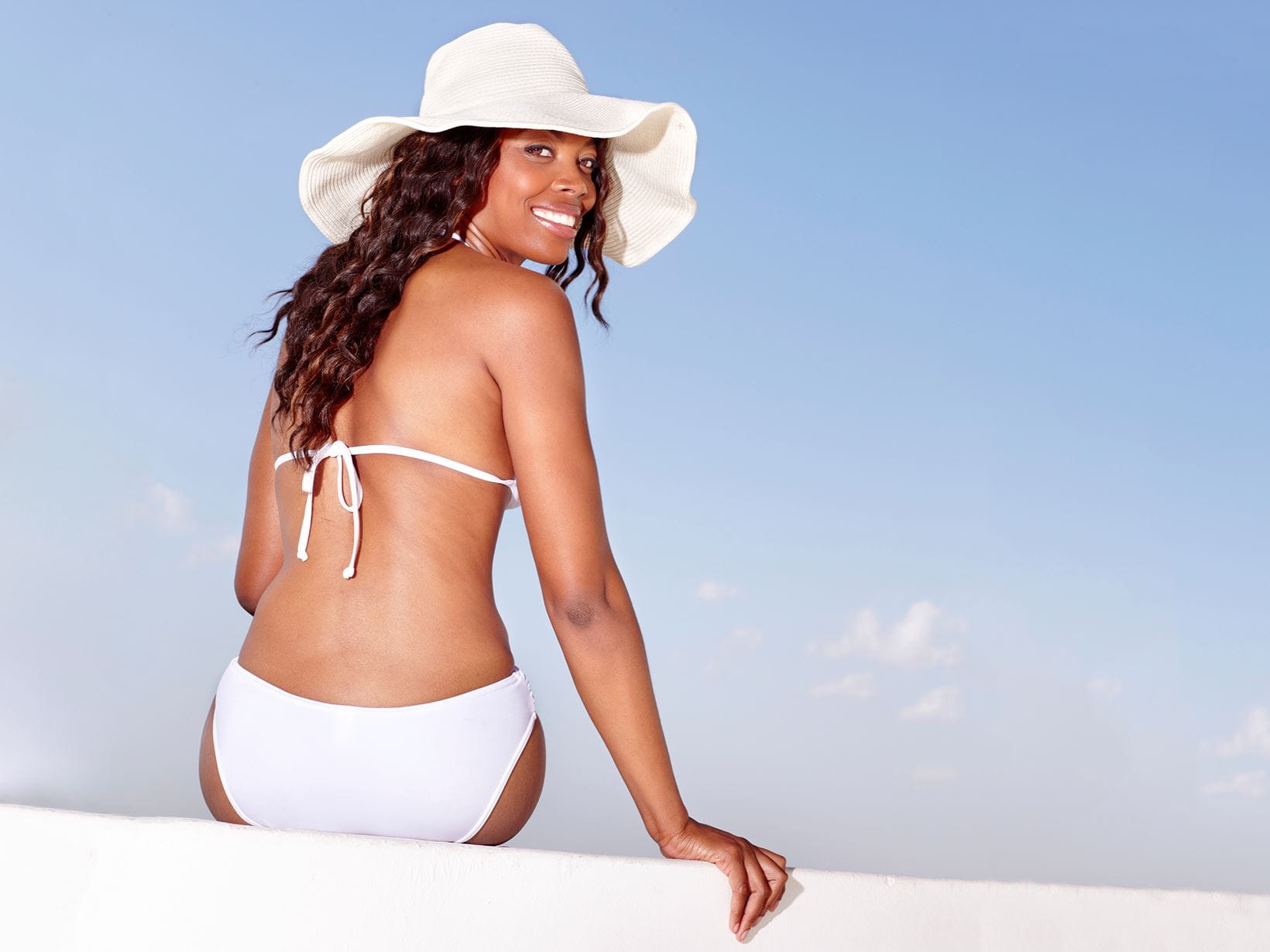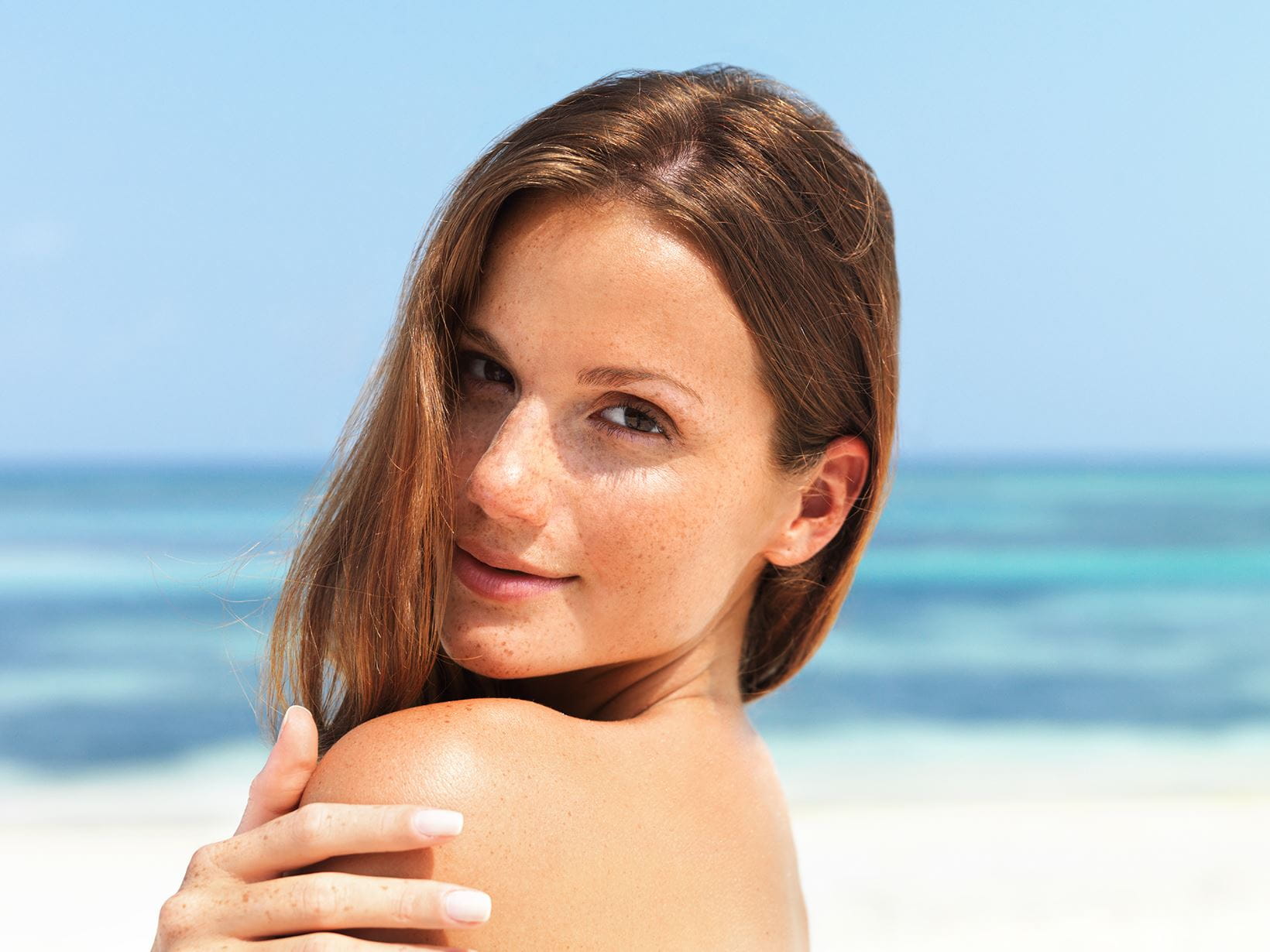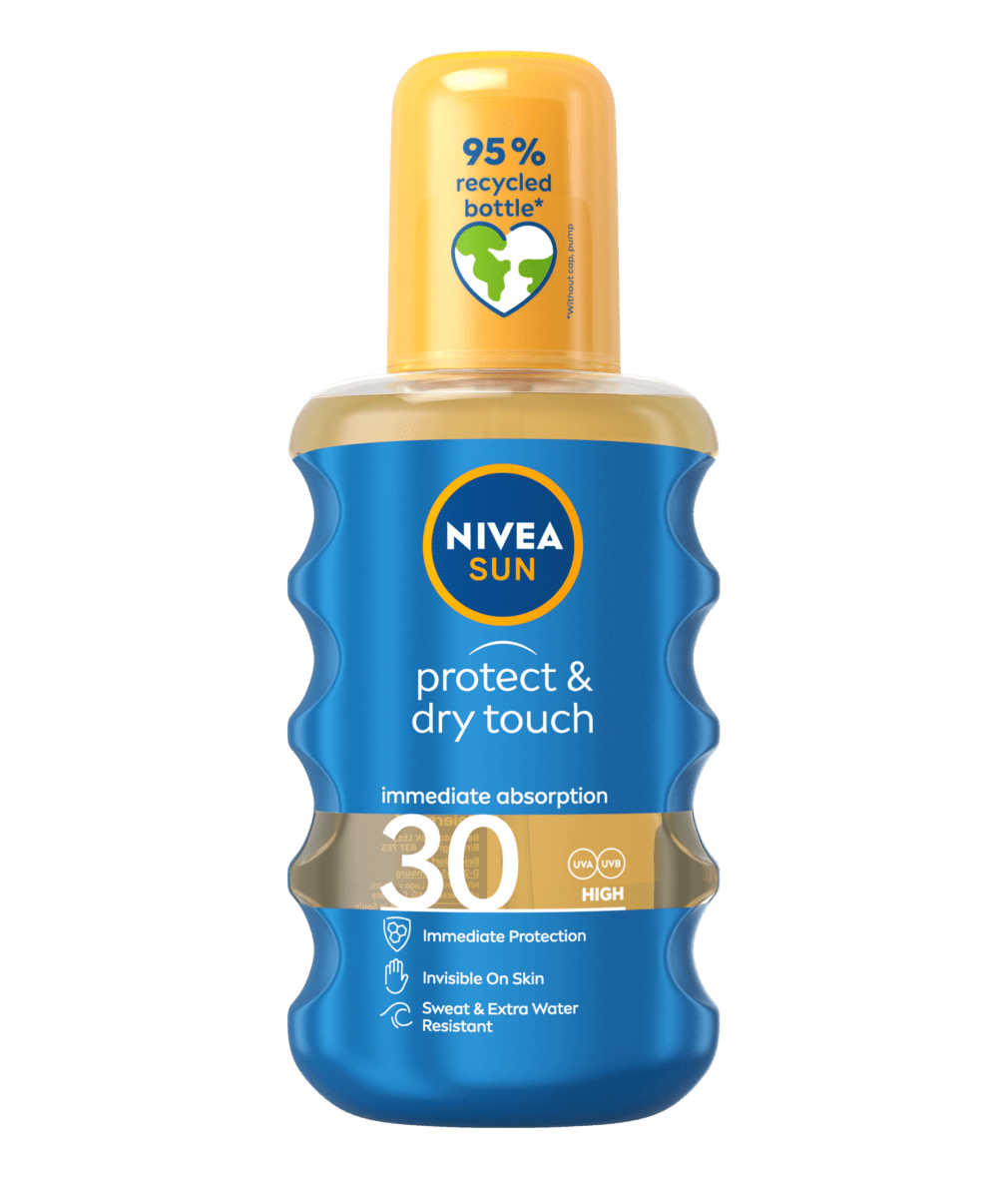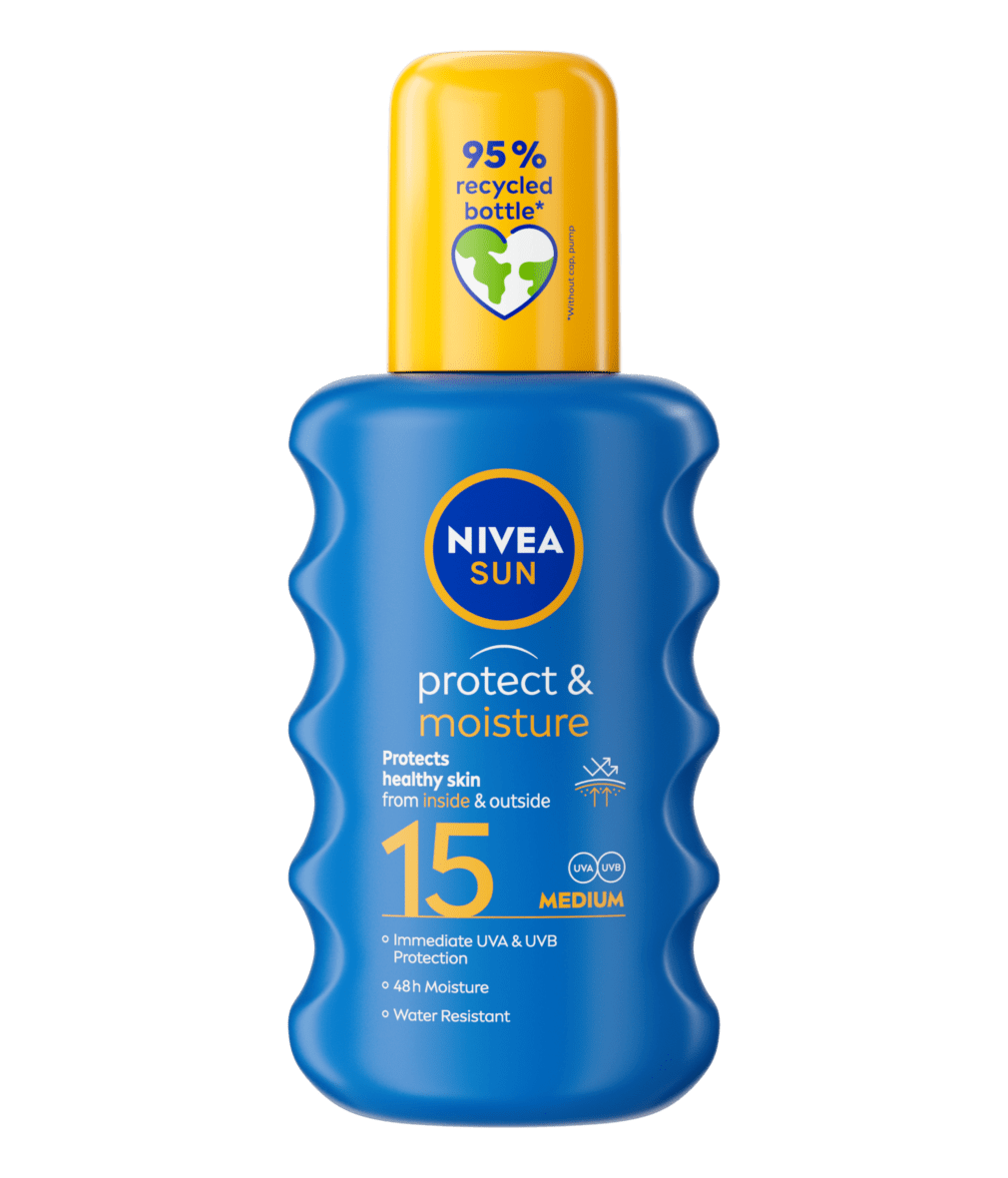
Which SPF Do I Need? Find The Best SPF For Your Skin
Regardless of skin type it's important to protect your skin from the sun. Find out about the different types of UV rays, what SPF means and which SPF you need for your skin type. Discover the best SPF for you today.
The science behind sun protection
Do you know your UVA from your UVB rays? Our guide to sun protection and SPF will teach you how to care for your skin and feel confident in the sun.
What SPF Sunscreen do you need?
Now that you know how sunscreen works, it’s time to find out how to stay safe in the sun and discover the difference SPF factors make to give your skin the best sun protection.
WHAT'S THE UV INDEX IN:
With the city name we are able to locate your area and to determine the right uv index.
YOUR UV INDEX IS [uvIndex]
It’s a low uv index for [city]
YOUR UV INDEX IS [uvIndex]
It's an average uv index for [city]
YOUR UV INDEX IS [uvIndex]
It's a high uv index for [city]
YOUR UV INDEX IS [uvIndex]
It's a very high uv index for [city]
YOUR UV INDEX IS [uvIndex]
It's a very high uv index for [city]
